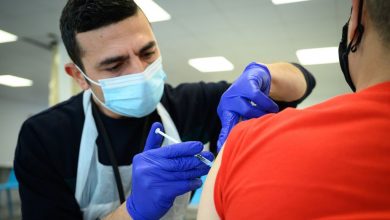Project receives funding for Australia’s first national injury surveillance system


A multi-institutional research team is preparing to build Australia’s first national injury surveillance system, leveraging emergency department data to gain a comprehensive view of existing and emerging injury patterns across the country.
The project recently received a grant of A$2.98 million (US$2 million) from the Australian Government’s Medical Research Future Fund.
The research team included academic researchers from the University of New South Wales (UNSW), the University of Melbourne, the University of Sydney, Macquarie University and the Royal Prince Alfred Hospital Blue Light Institute.
They also received support from the Australian Institute of Health and Welfare, the Australian Competition and Consumer Commission, the College of Emergency Physicians Australasia and the Monash University Accident Research Centre.
WHAT IT’S ABOUT
Based on the press release, the project will beusing AI techniques to aggregate emergency department data across states and territories across the country to build an injury surveillance system.
The system will be able to to identify risks that are not currently captured in existing data, including domestic violence, child abuse, alcohol or drug abuse, intentional self-injury, and workplace risks. It will also better identify priority populations, including low-income people and those living in rural and remote areas.
WHY IT MATTERS
According to the latest figures from the Australian Institute of Health and Welfare (AIHW), there were 1.9 million emergency department visits in Australia last year due to trauma.
UNSW notes that each state has different injury surveillance systems across the state, with some states not even collecting any injury data at all.
A national data system that provides more reliable and timely access to injury data is expected to provide important information for prevention activities, as well as guide policies, standards, and legislation aimed at reducing injuries in the community.
“For example, our system will detect drug-related harm in some areas of the country, perhaps even related to a new street drug. We will be able to use the data to inform public health initiatives and take rapid and targeted action to reduce the burden of death and disability from injury,” explains Dr Lisa Sharwood, an epidemiologist and project leader from UNSW Sydney.
“As we better understand what causes injuries, it becomes easier to prevent them,” she added.
THE BIGGER TREND
Based on AIHW data, injuries accounted for 8% of the country’s total disease burden last year, causing more than 500,000 hospital admissions. In 2021, nearly 15,000 people died from injuries. Furthermore, it is believed that this makes uaccounting for 7.3% of total health spending in 2021.
Most injuries result in both conditions.AIHW data shows that deaths and injuries are due to falls. There have been initiatives to prevent falls, especially in aged care facilities where it is locatedregular use, including the use of Automated sensor and data analysis of a Alliance of organizations in the field of elderly care.
Meanwhile, Victoria The Road Accident Commission is currently collecting patient-reported outcomes and experiences to inform clinical decision-making for physiotherapists, particularly in understanding how injuries affect patients and providing appropriate treatments.




